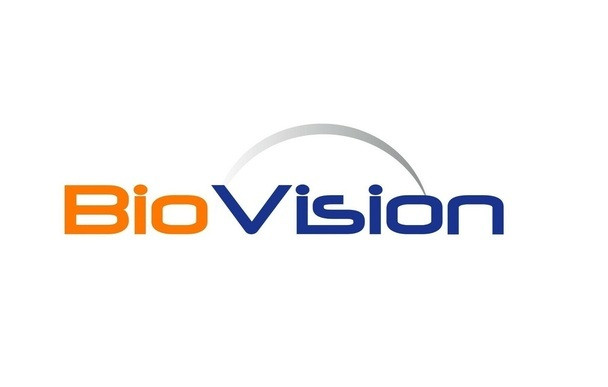Biovision
Human CellExp™ EGF, Fc Tag, Mouse recombinant
- SKU:
- 26-P1428
- Availability:
- Usually Shipped in 5 Working Days
- Storage Temperature:
- -20ºC
- Shipping Conditions:
- Gel Pack
- Shelf Life:
- 12 months
Description
Biomolecule/Target: N/A
Synonyms: Epidermal growth factor, URG, HOMG4
Alternates names: Epidermal growth factor, URG, HOMG4
Taglines: plays an important role in the regulation of cell growth, proliferation, and differentiation by binding to its receptor EGFR.
Taglines: USA
Country of Animal Origin: USA
NCBI Gene ID #.: 13645
NCBI Gene Symbol: Egf
Gene Source: Mouse
Accession #: P01132
Recombinant: True
Source: HEK 293 Cells
Purity by SDS-PAGE #: >95%
Assay: SDS-PAGE
Purity: N/A
Assay #2: N/A
Endotoxin Level: Less than 1.0 EU per μg by the LAL method.
Activity (Specifications/test method): N/A
Biological activity: N/A
Results: N/A
Binding Capacity: N/A
Unit Definition: N/A
Molecular Weight: This protein carries a human IgG1 Fc tag at the N-terminus. The protein has a calculated MW of 32.5 kDa. The protein migrates as 35 kDa under reducing (R) condition (SDS-PAGE) due to glycosylation.
Concentration: N/A
Appearance: Lyophilized powder
Physical form description: Lyophilized powder
Reconstitution Instructions: Reconstitute in sterile deionized water to the desired protein concentration.
Background Information: Human epidermal growth factor (EGF) is also known as HOMG4 and URG,and is a growth factor that plays an important role in the regulation of cell growth, proliferation, and differentiation by binding to its receptor EGFR. Epidermal growth factor can be found in human platelets, macrophages, urine, saliva, milk, and plasma. EGF is the founding member of the EGF-family of proteins. Members of this protein family have highly similar structural and functional characteristics. All family members contain one or more repeats of the conserved amino acid sequence. The biological effects of salivary EGF include healing of oral and gastroesophageal ulcers, inhibition of gastric acid secretion, stimulation of DNA synthesis as well as mucosal protection from intraluminal injurious factors such as gastric acid, bile acids, pepsin, and trypsin and to physical, chemical and bacterial agents. Because of the increased risk of cancer by EGF, inhibiting it decreases cancer risk.
Amino acid sequence: AA Asn 977 - Arg 1029
Handling: Centrifuge the vial prior to opening.
Usage: N/A



